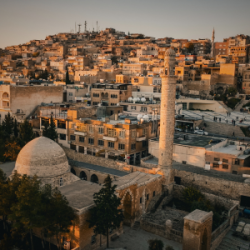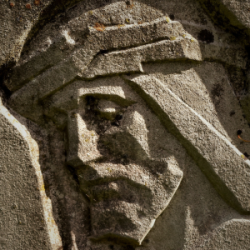
Next the gospels introduce us to Jairus and his daughter. To the best of our knowledge, Matthew and Luke both take this story from Mark (Mark 5:21-43; Luke 8:40-56). Then, in the middle of the story of Jairus’ daughter is a different story of a woman and her healing (see also Mark 5:24-34; Luke 8:42-48).
Welcome Readers! Please subscribe to Social Jesus Here.
(Read this series from its beginning here.)
One thing that bothers me about these stories is that they focus on a woman and little girl, yet only the male involved is named. We know Jairus by name, but not the woman nor the girl. This speaks to me, once again, of the patriarchal context in which these stories were passed down. Both the girl and the woman had names. I imagine that when the stories were originally told, their names were used. What caused these characters to become nameless objects playing a narrative role rather than the human beings their names originally communicated? I wish their names had been preserved alongside of Jairus’ name.
So what lessons can we glean for our justice work today from these two stories?
I’m deeply indebted to the work of Rita Nakishima Brock for how I read the stories of this woman and this little girl. I recommend her book Journeys By Heart: A Christology of Erotic Power, especially Chapter 4, for a fuller treatment of these stories. Brock demonstrates how, whereas exorcism stories in the gospels are often addressing political domination and subjugation, the healing stories are often addressing social structures of injustice.
The story of the woman with the bleeding has a strong social dimension. Her illness was a sentence of social death due to the purity codes that her bleeding continually violated. In male-dominated cultures, female sexuality and reproduction are controlled by men. Women’s reproductive ability is not their choice but governed by men to meet patriarchal needs.
Also, within these patriarchal cultures, control of a woman’s sexual activity is coupled with labelling women’s bodies, bleeding, birthing, and genitalia as unclean. In the context of our patriarchal society today, this woman’s story represents a social reality that women still experience.
The narrative placement of this story is also important. We’ll unpack this next.
(Read Part 3)













